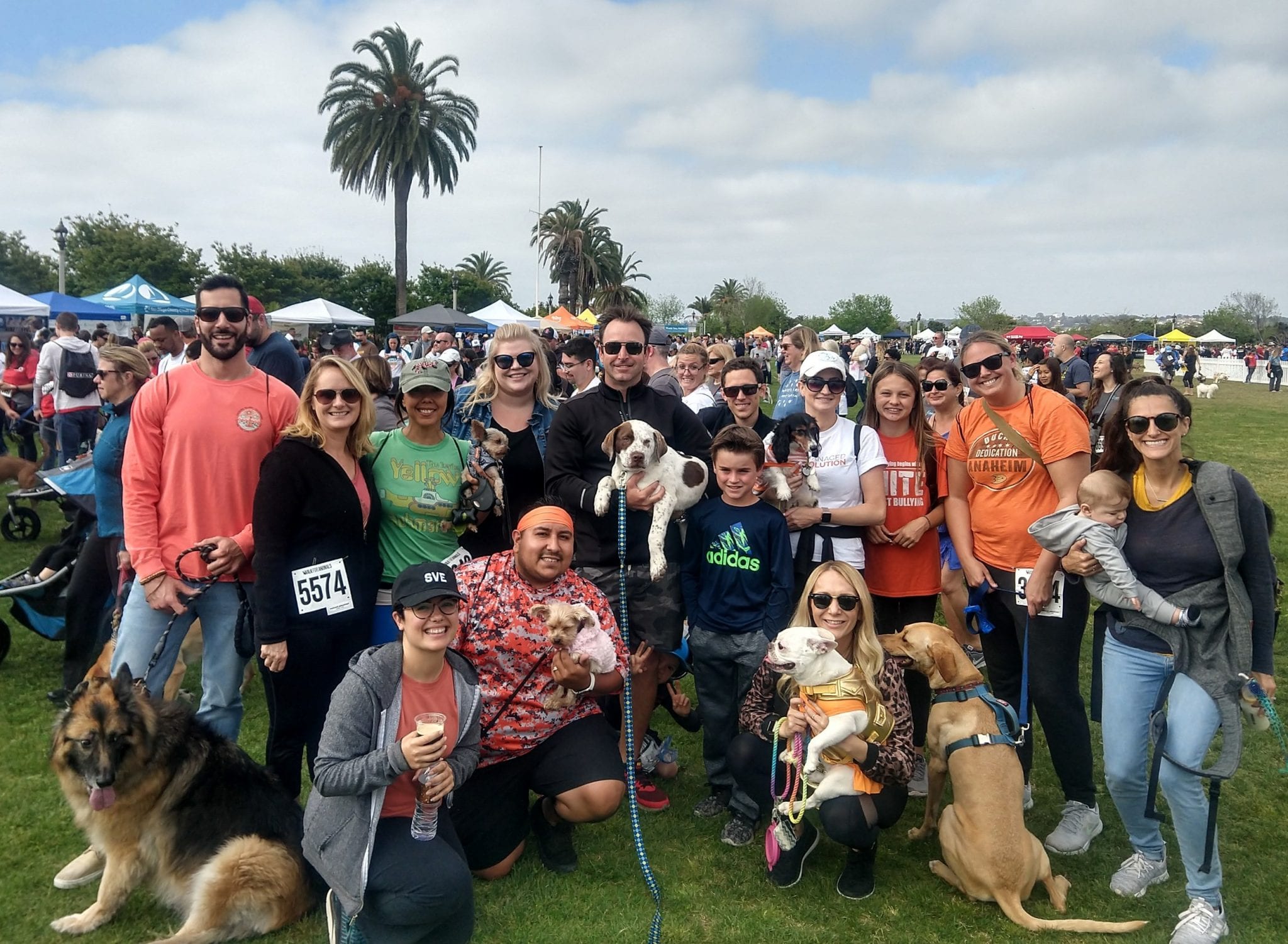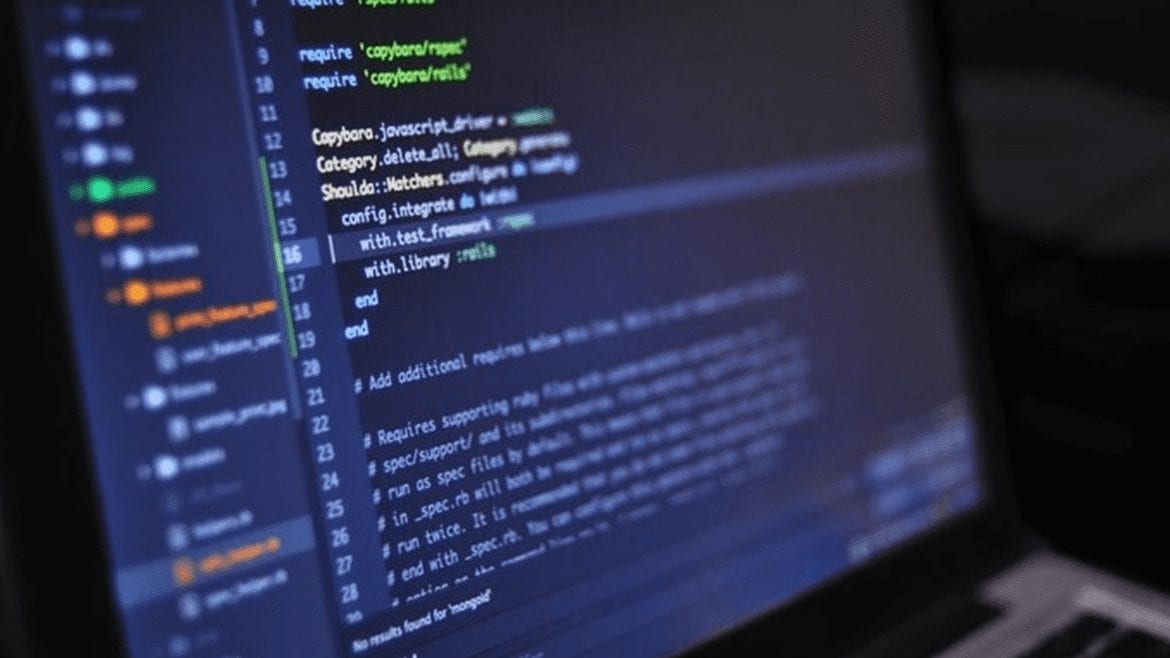[vc_row][vc_column][vc_column_text]Randa Coniglio formerly served as Executive Vice President, Operations. She has been with the Port since April 2000, starting out in the Port’s Real Estate Operations Department. Prior to the Port, she spent eight years handling a local portfolio of commercial investment properties for a Japanese firm, and five years in retail leasing and development. Coniglio holds a bachelor’s degree in chemistry from the University of California, San Diego.
The Port of San Diego serves the people of California as a specially created district, balancing multiple uses on 34 miles along San Diego Bay spanning five cities. Collecting no tax dollars, the Port manages a diverse portfolio to generate revenues that support vital public services and amenities.
How did you go from chemistry to the port of San Diego?
A long and winding road. I studied chemistry in college because I wanted to be a dentist. And then I went to work for a dentist one summer near the end and I decided that that was not what I wanted to do. I don't have nearly the craftsmanship or artistic talents that it takes to be a dentist and I don't think I really realized until I actually put myself in that environment, how necessary that would be.
I did the natural thing and went from chemistry into real estate and spent the first 15 years of my career in commercial real estate. I worked for a retail developer and my job was to go find good stores to try to lease space to, and I would tell all my friends, "You would never believe the job I have. I spend all day long going to the best shopping malls, looking for great stores." Only problem was I spent more money than I made on most days. And then I got a job at the Port of San Diego in the real estate department as an asset manager. So that's how I ended up at the Port.
In this predominantly male industry, how did you rise to the top? Why did you succeed in your opinion?
First of all, I don't think it has anything to do with my gender. I don't feel like I was advantaged because of being a female, nor do I feel like I was disadvantaged because of being a female. I always volunteered for projects that no one else wanted. Complicated or controversial projects. And got a lot of exposure by working on those projects to local politicians, project proponents, my board of port commissioners.
The other thing I believe is that I have always focused on relationships and making sure I cultivate relationships of mutual trust with all kinds of stakeholders, and after several years I was able to leverage those relationships to get things done.
You are very active in the business community; how did that help your career?
By developing a level of trust with people in different industries or on different sides of the political divide, if you will, people environmental advocates, and people that are real estate developers, and people that work for elected officials. Once you have developed a relationship of mutual trust with someone, then they'll help you solve problems. Or help you understand an issue from a different perspective. I think that that has been a really important factor in my career.
How has port’s business changed in recent years with technological development and greater environmental consciousness?
We have a lot of focus on the environment. We're stewards of the environment. The Port was created by the California state legislature in 1962 to promote commerce, trade, navigation, and recreation. And then later the Port Act, which created the Port, was amended to include protecting the environment. So that's really our reason for existing. We have a lot of interest in what we can do to clean up the water quality in the bay, to do what we can toward cleaning up the air quality around the bay and in the adjacent neighborhoods. And it's really at the forefront of all of our decision-making.
Technology is something that we're always trying to keep up with and it's really difficult, especially as a government agency. We have a really robust geographic information system (GIS) to map and monitor, used by our harbor police department. We provide all the police services at the airport. And also, firefighting on the water, policing on the water and policing around the tidelands.
Our harbor police uses our GIS system in what our police chief calls "intelligence-based policing." They map out where incidents occur, where crime occurs and can see patterns by looking at these maps. And then allocate resources accordingly. So rather than send one police officer out to patrol to location A, B and C, if all the action's happening in location A, then maybe send two police officers there and one to stretch out over the remainder. They are able to test theories about how certain crimes are occurring and note geographic changes. I think that's one of the more interesting and innovative ways that we're using technology.
We are also using that same GIS system to monitor the movement of vessels on the bay so we can at any time and what vessels are where and what direction they're going at what speed on the water.
With such a big organization as the Port is, how do you make sure that innovation is at the forefront?
We try to foster an atmosphere where our employees feel really comfortable to suggest new and different innovative ways to do things. But one of the most exciting things we have done is, in 2016 we established a Blue Tech incubator where we're entering into innovation partnerships with start-up companies who have water-based or marine-based technology. In some cases, we're investing up to a million dollars a year in these technologies. And allowing the use of certain areas in the bay that we have access to, to try out their technology under the water.
As an example, we partnered in a shellfish nursery that is a floating barge where we're growing oysters and clams and abalone. One of the partners is growing culinary seaweed in the bay. It grows on long strings like ropes that hang down under a pier. We’re testing technology to clean copper out of the water, which is a pollutant and harmful to certain species. And marine debris removal boat. That almost seems very elementary to me that no one thought of it before, but it's a boat with a scooper on the front that just goes skims along the water and picks up trash. I think that constant evaluation of these applications from very innovative companies keeps fresh thinking in the forefront.
What does Port of San Diego do besides the obvious cargo and cruise operations?
The Port of San Diego is very unique relative to the ports industry in general. We have our two cargo terminals, two cruise ship terminals and those are both robust and growing businesses. But our maritime operations contribute 40 percent of our revenues. The rest comes from our real estate portfolio, which is really diverse and high-value. We manage all the property. My cocktail party speech is that if it's on the shore of San Diego Bay, it's either managed in trust for the people of California by the Port of San Diego, or it's the U.S. Navy's property. All the way around the bay, the Port and the Navy are partners and neighbors on both sides. We partner in a number of planning areas, but our real estate portfolio consists of everything from high rise hotels to shipyards, boatyards, restaurants, attractions, harbor excursions, to sport fishing.
The Port invests in a lot of public infrastructure for the benefit of the community. We operate 22 parks, that's another thing that most ports don't build and maintain - public amenities. So we have public parks, public fishing piers, boat launch facilities, we're almost like our own little municipality. But we don't have the benefit of tax dollars. We're a self-sustaining agency, so we support ourselves and all public benefits we provide from the revenues we earn from rent from our real estate tenants and charges from our cruise operations and cargo operations and also the airport pays us for the police services that we provide at the airport. Those are our three primary sources of revenue.
How many people or cargo goes through the port daily? Do you have any interesting numbers to share?
Our two biggest cargoes are fresh fruit (bananas) and automobiles. Bananas come from Latin America to our 10th Avenue marine terminal in refrigerated containers and they are distributed all throughout the western United States and all the way up into Canada, 185 million bananas a month. You'll see that big yellow ship come in about every Saturday and then it leaves on Tuesday. The Hilton Hotel right next to the 10th Avenue marine terminal created a banana cocktail and when the ship leaves and toots its horn, you can order a banana cocktail and watch it sail away. In addition, this year we will import through our National City Marine terminal over 400,000 cars.
Especially because of our geographic location, we're the southern most western port, we have a good deal of trade between Latin America and the Port and we just recently established a new regular monthly liner service from Europe. So we're bringing in all kinds of project cargo. It's things that won't fit in a container, so if you really think about maritime trade, ports like Port of L.A. and Port of Long Beach bring in the huge vessels with thousands of containers and they have the ability to stack and move those containers around and get them onto trucks or onto trains. We don't really have the lay-down area to offload one of those big ships. So a lot of what we focus on are what we call project cargo or break bulk cargo. And it essentially means anything that doesn't fit in a container.
What is your next challenge?
In terms of my aspirations for the Port of San Diego, I'm really focused on making sure the Port has an executive team that's in place that can take them great places when I'm ready to retire and go take care of my grandchildren. Not planning on leaving any time in the immediate future, but I really want to make sure that the Port is set up for success so I can feel good about leaving what really has become my family whenever I decide to do that.
Port of San Diego has a very large billion-dollar hotel and convention center project on the Chula Vista Bay front that we expect to break ground within a year and that will be a hotel operated by Gaylord Hotels. This will be their only west coast facility and it'll really change the whole south bay economy forever.
Read more interviews like this: https://managedsolut.wpengine.com/category/c-level-interviews/[/vc_column_text][vc_empty_space height="20px"][grve_callout title="Tech Spotlight Interviews" heading_tag="h4" button_text="Learn More" button_link="url:http%3A%2F%2Finfo.managedsolution.com%2Fc-level-interview-registration|||"]IT is a journey, not a destination. We want to hear about YOUR journey!
Are you a technology innovator or enthusiast?
We would love to highlight you in the next edition of our Tech Spotlight.[/grve_callout][/vc_column][/vc_row]
Continued Reading

May 7, 2019
Managed Solution and Their Furry Friends Join San Diego Humane Society for the 2019 Walk for Animals
San Diego, CA, May 4, 2019 – The San Diego […]
LEARN MORE
May 20, 2019
How IoT Is Benefiting Business and IT Departments
The Internet of Things (IoT) is on a fast track […]
LEARN MORE
